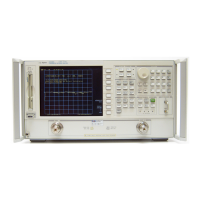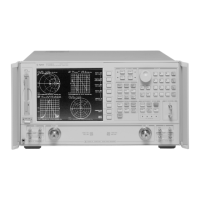HP IBASIC Supplement 7-9
Graphics and Display Techniques
Displaying Text
Getting Text to the Screen Quickly
A useful technique to get text onto the screen quickly is to write your
display message to a long string using the OUTPUT statement, and then
print the string to the screen. For large amounts of text, this speeds up
screen display time considerably. The following program segment
demonstrates this:
60 DIM Temp$[100],Big$[2000]
70 OUTPUT Big$;”This is the first line of text”
80 OUTPUT Temp$;”This is the second line of text”
90 Big$=Big$&Temp$
100 PRINTER IS CRT; WIDTH 2000
110 PRINT Big$
The OUTPUT statements in this example are used to copy each line of the
message into the variable Temp$ and append a carriage return.
You can also print to the screen using the OUTPUT statement in
conjunction with the display address (1). For example, line 120 below
writes a string to the screen.
120 OUTPUT CRT;”OUTPUT 1 WORKS WELL TOO”
Pop-Up Message Windows and Custom
Annotations
From your IBASIC program, you can replace instrument annotations
with user-defined annotations. You can change the X-axis labels and
measurement channel annotations to customize the display. Pop-up
messages can also be used to display permanent or temporary messages.
Refer to the Automating Measurements User’s Guide Supplement.

